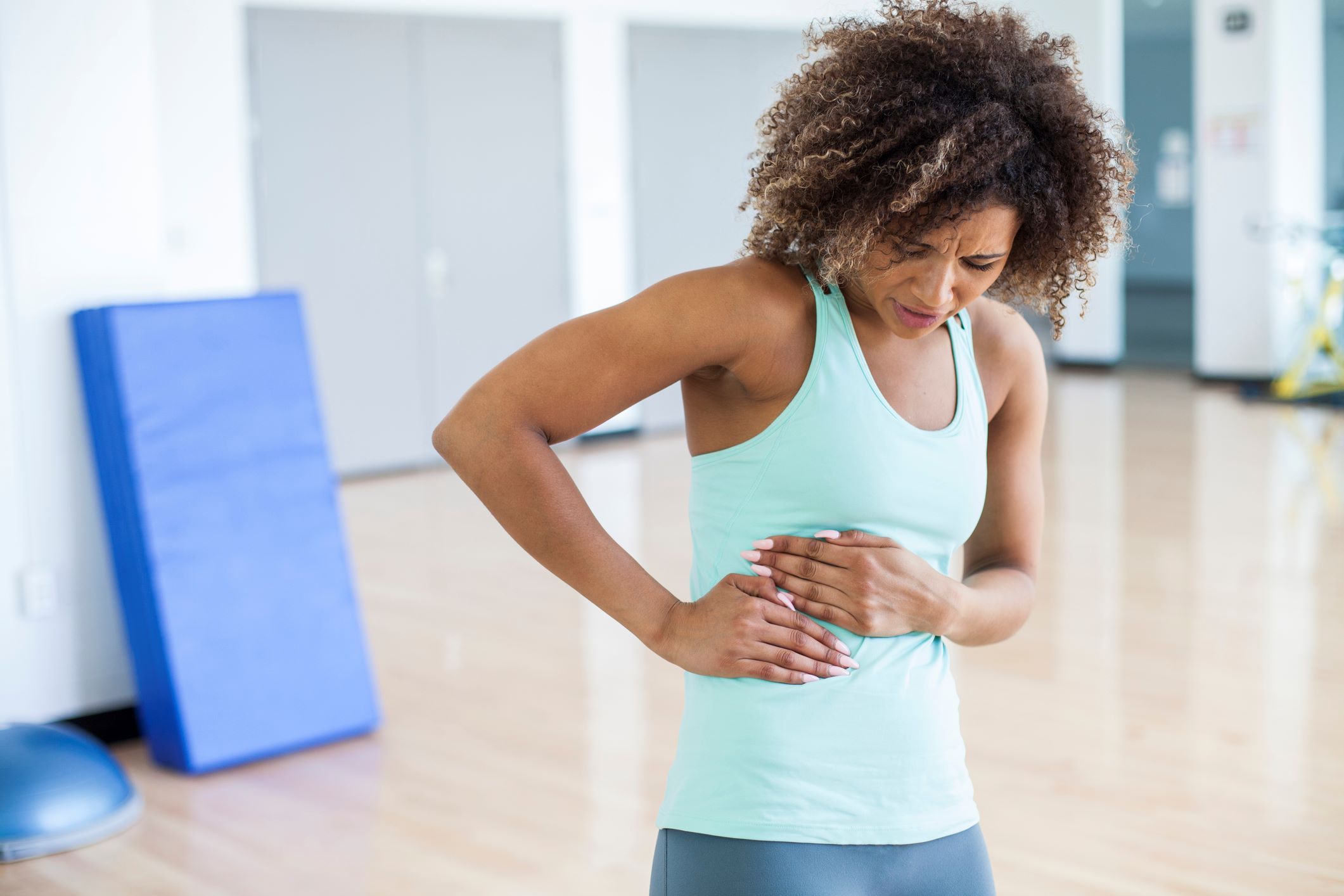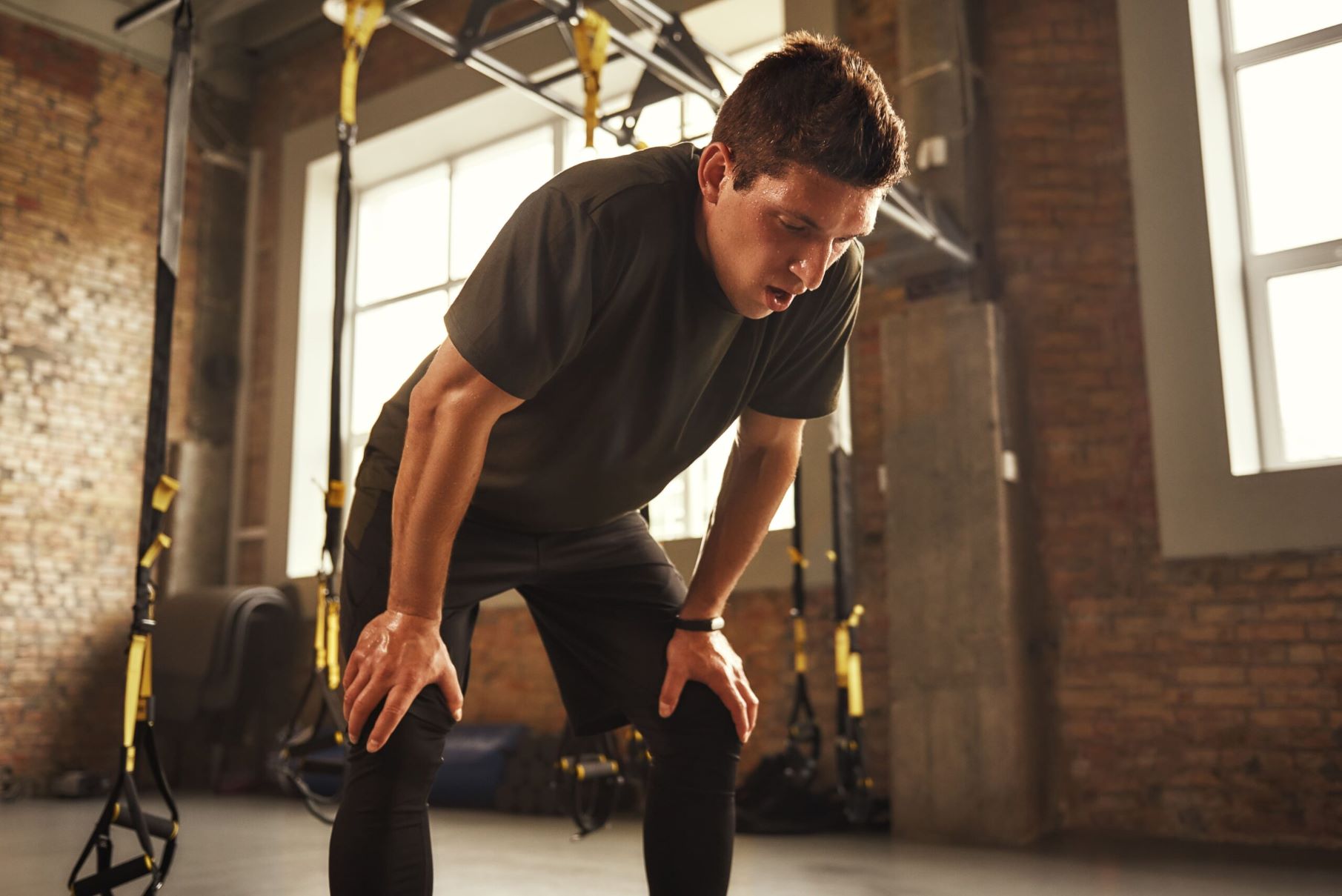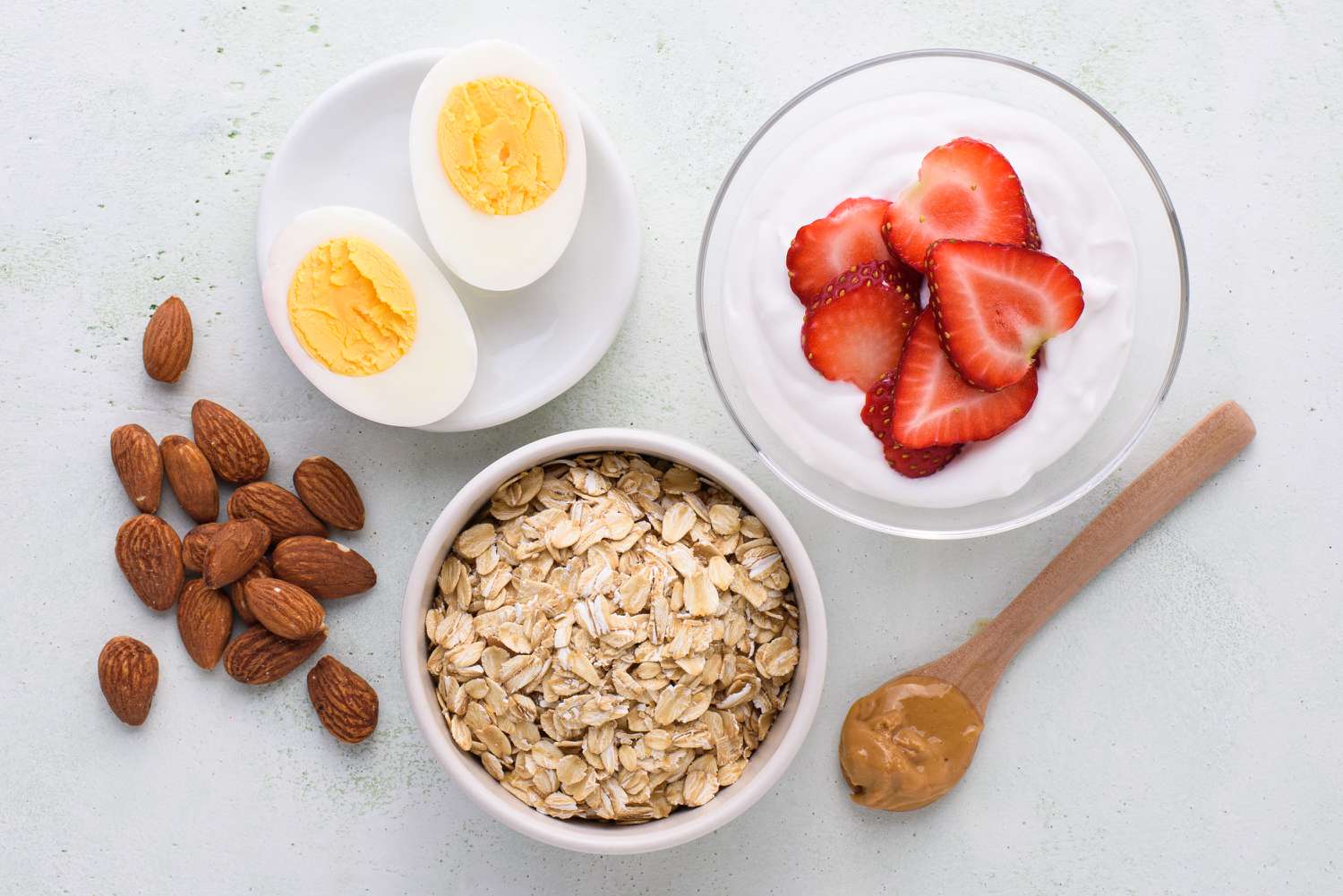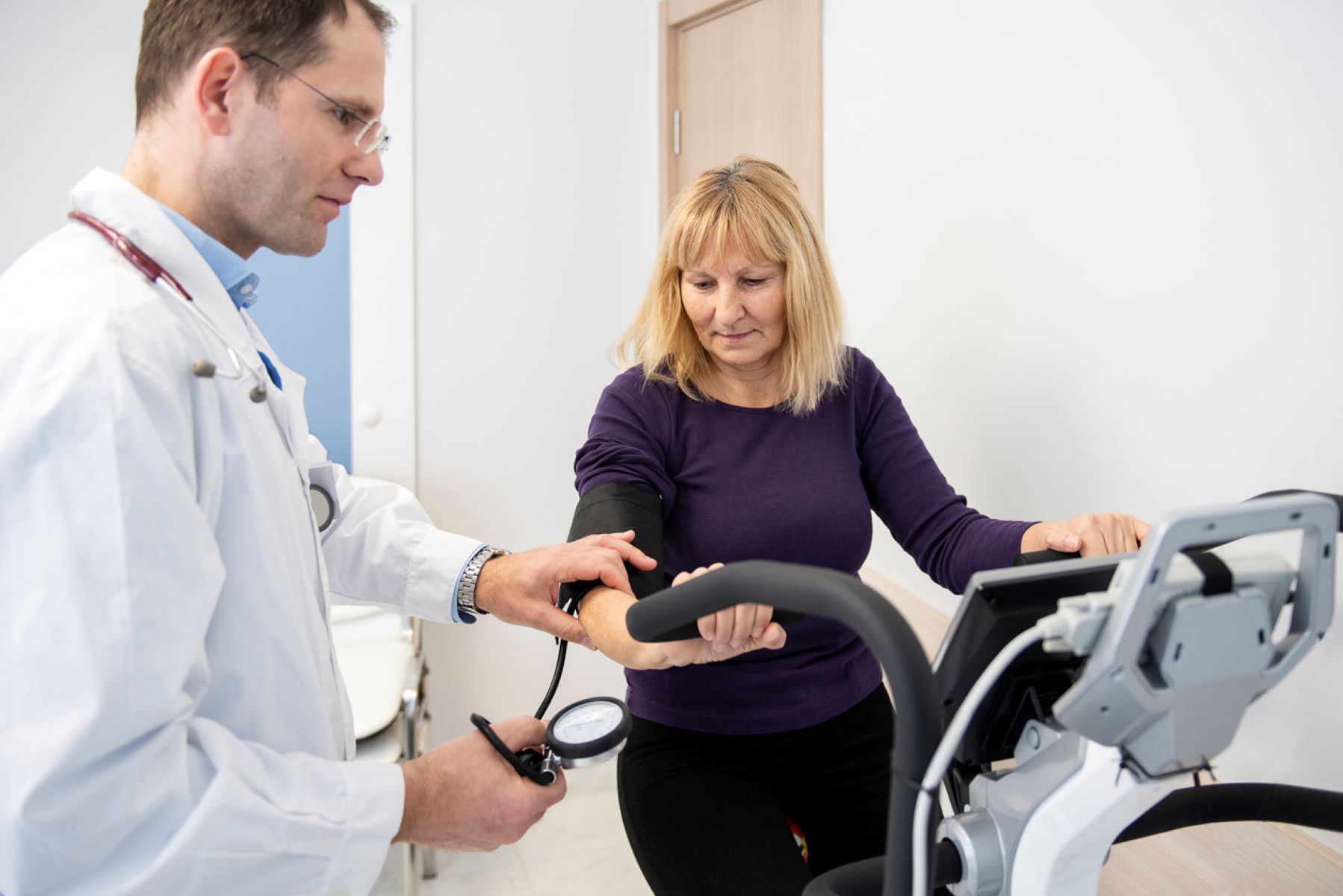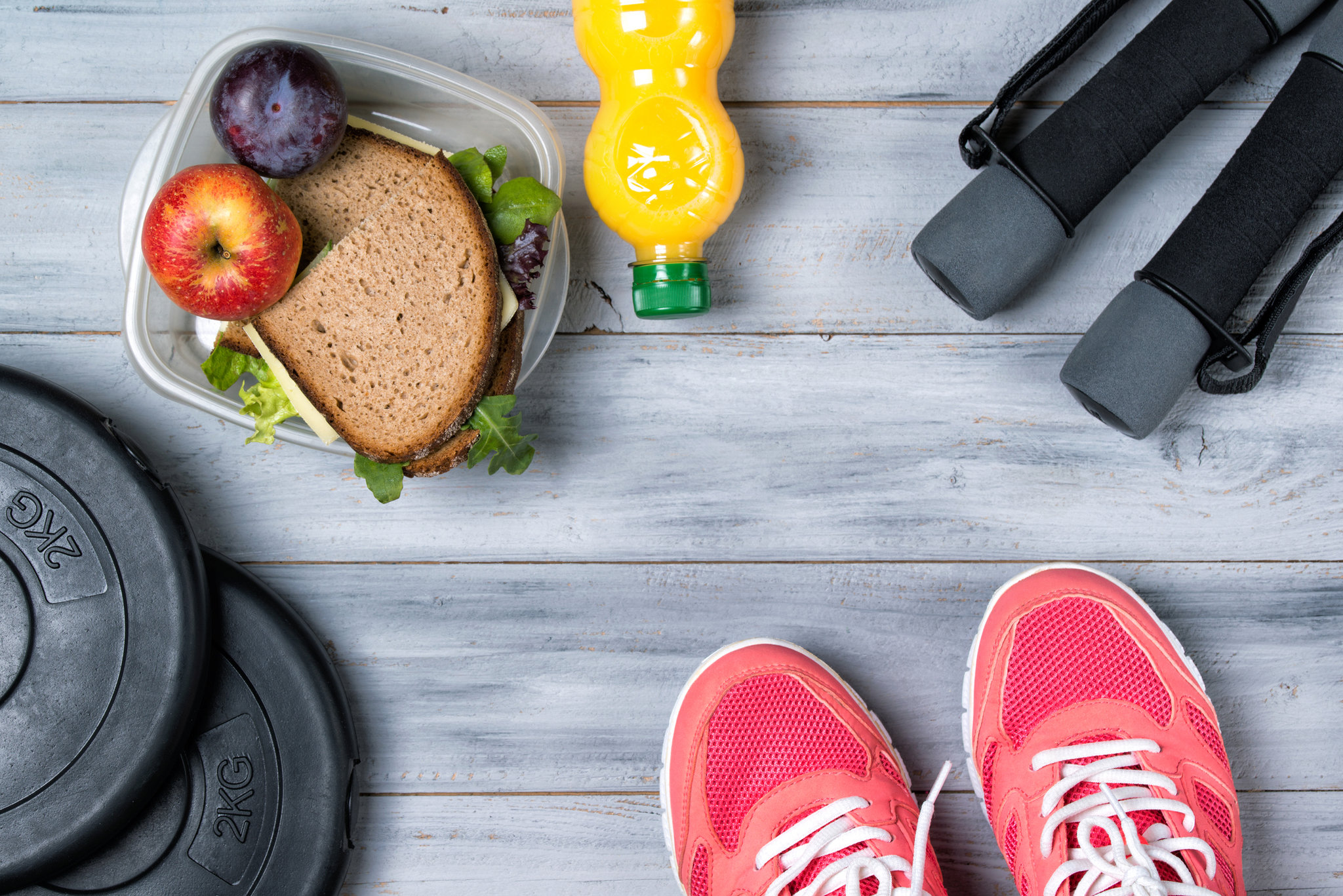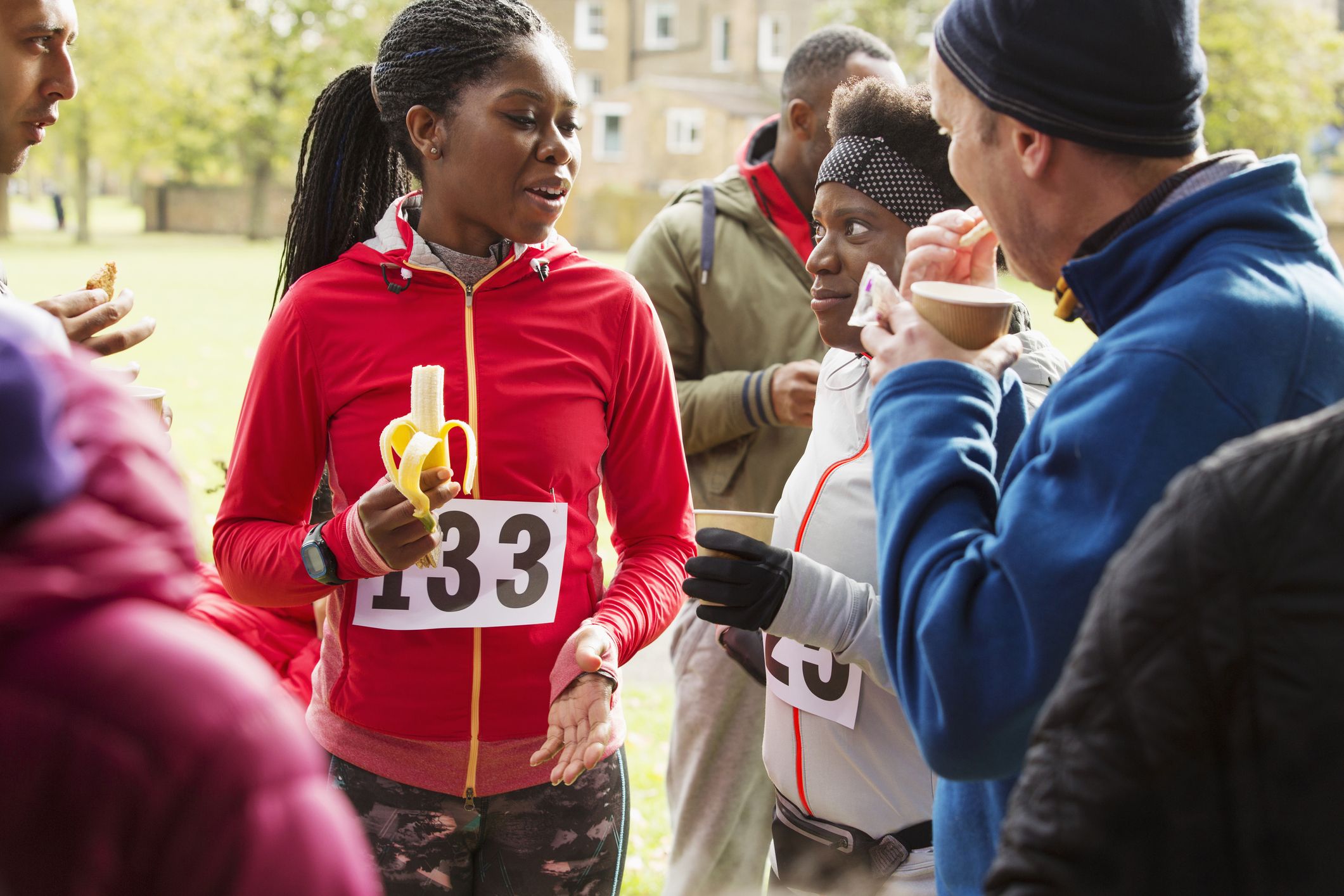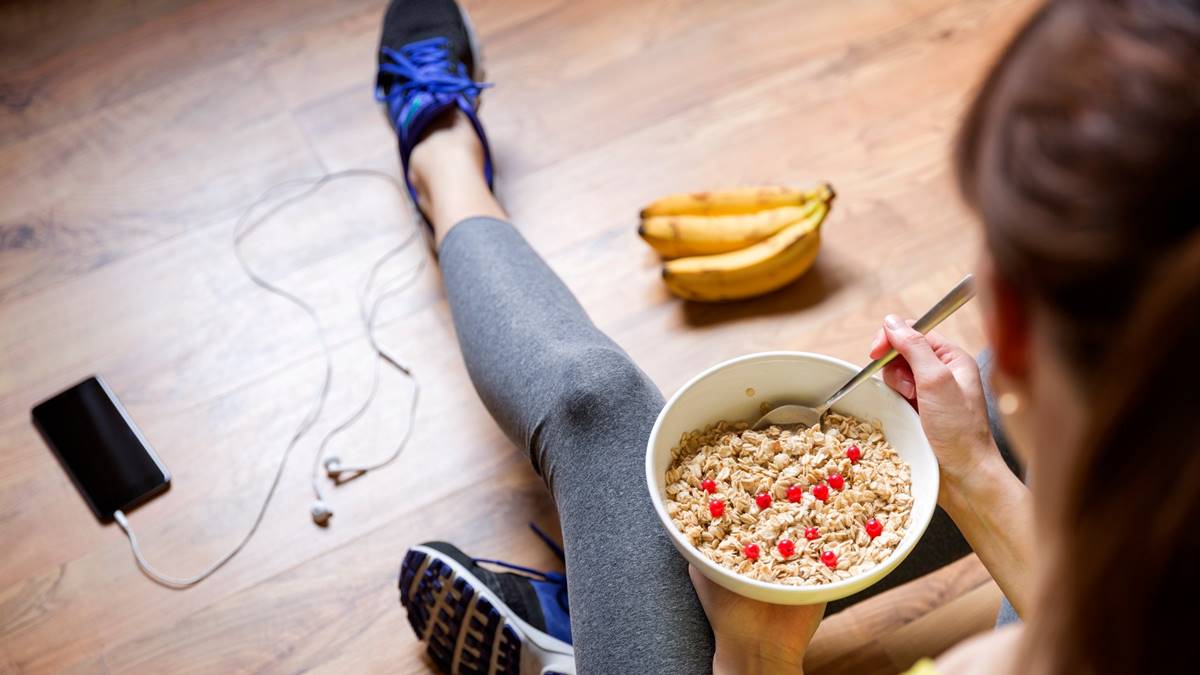

Featured
How Long To Exercise After Eating
Modified: January 2, 2024
Wondering how long to wait before exercising after a meal? Discover the recommended time frame and tips to optimize your workout for optimal digestion and performance. Featured in this informative guide.
Introduction
Exercise is an essential component of a healthy lifestyle, providing numerous physical and mental benefits. However, many people wonder about the best time to exercise, especially in relation to eating. Should you exercise before or after a meal? This question has sparked a lively debate among fitness enthusiasts and experts.
When it comes to exercise and eating, there is no one-size-fits-all answer. The optimal timing depends on several factors, including the type and intensity of exercise, individual preferences, and overall fitness goals. In this article, we will explore the benefits of exercising after eating, discuss the digestive process, and provide recommendations on the appropriate wait time before engaging in physical activity.
While some individuals feel energized and perform better with an empty stomach, others find that exercising after a meal enhances their performance and provides sustained energy. Understanding the effects of exercise on digestion can help you make an informed decision regarding the best time to schedule your workouts.
It is important to note that this article is not meant to provide medical advice. If you have specific dietary or health concerns, it is always recommended to consult with a healthcare professional or registered dietitian.
Benefits of Exercising After Eating
Exercising after eating can offer a range of benefits for your body and overall fitness. While there is no one-size-fits-all approach to exercise and nutrition, here are some potential advantages to consider:
- Enhanced Performance: When you exercise after eating, your body has a source of readily available energy in the form of glycogen from the food you consumed. This can translate into improved athletic performance and endurance during your workout.
- Optimized Nutrient Absorption: Eating a balanced meal before exercising can help ensure that your body efficiently absorbs the essential nutrients it needs. Nutrients like vitamins, minerals, and carbohydrates play a vital role in maintaining energy levels and providing the necessary fuel for physical activity.
- Steady Blood Sugar Levels: One of the advantages of exercising after eating is the potential to regulate blood sugar levels. This is particularly beneficial for individuals with diabetes or insulin resistance. By engaging in physical activity, you can help your body better utilize glucose and improve insulin sensitivity.
- Improved Recovery: Exercise triggers the breakdown of muscle fibers, and proper nutrition is crucial for muscle repair and recovery. Consuming a post-exercise meal that includes a balance of protein and carbohydrates can aid your body in rebuilding muscle tissue and replenishing glycogen stores.
- Increased Metabolism: Engaging in physical activity after eating can help boost your metabolism. The thermic effect of food, combined with the energy expenditure from exercise, can result in a higher calorie burn compared to exercising on an empty stomach.
It is worth noting that the magnitude of these benefits can vary from person to person. Factors such as the timing and composition of your meal, individual metabolism, exercise intensity, and personal preferences can all influence how your body responds to exercising after eating.
The Digestive Process
Understanding the digestive process is crucial in determining the appropriate timing of exercise after eating. After you consume a meal, the food goes through several stages of digestion, each with specific functions and timeframes:
- Ingestion: The process begins with ingestion, where food enters your mouth and is broken down into smaller pieces through chewing. Saliva also aids in the initial breakdown of carbohydrates.
- Digestion: Once in the stomach, the food mixes with gastric juices, including enzymes and acids, to break down proteins, fats, and carbohydrates. This stage typically takes about 2-4 hours depending on the composition of the meal.
- Absorption: After digestion in the stomach, the food moves to the small intestine, where it is broken down further and nutrients are absorbed into the bloodstream. The absorption process can take several hours.
- Elimination: The remaining waste products, including fiber and undigested material, pass into the large intestine and eventually eliminated from the body as stool.
It is important to note that the digestive process can vary from person to person and can be influenced by factors such as the type and quantity of food consumed, individual metabolism, and overall gut health.
When it comes to exercise and digestion, different individuals may have varying tolerances. Some people may experience discomfort or gastrointestinal distress if they engage in intense physical activity immediately after eating, while others may have no issues. It’s important to listen to your body and adjust your exercise routine accordingly.
While exercise does not necessarily halt digestion, it can divert blood flow away from the digestive system and towards working muscles. This redirection of blood flow may slow down digestion, potentially leading to discomfort or stomach cramps if exercising soon after a meal.
Overall, understanding your body’s unique digestion process and paying attention to how you feel during and after exercise can help determine the optimal timing for physical activity after eating.
Recommended Wait Time Before Exercising After Eating
Determining the ideal wait time before exercising after eating largely depends on individual preferences and how your body responds to physical activity. Here are some general recommendations to consider:
- Small Snacks: If you have consumed a small snack or light meal that is easily digestible, waiting for 30 minutes to an hour before exercising may be sufficient. This allows your body enough time to start the digestion process and prevent any discomfort during your workout.
- Regular Meals: For larger, more substantial meals, it is generally recommended to wait at least 1-2 hours before engaging in moderate exercise. This provides ample time for digestion to occur and reduces the risk of gastrointestinal discomfort during physical activity.
- High-Intensity Exercise: If you are planning to engage in high-intensity workouts or activities that require a lot of energy, such as running or weightlifting, it is advisable to wait 2-3 hours after a large meal. This allows for proper digestion and ensures that your body has sufficient energy stores for optimal performance.
- Individual Considerations: It’s important to listen to your body and pay attention to any signs of discomfort or digestive issues. If you experience bloating, cramping, or other gastrointestinal symptoms after eating, it may be best to wait longer before exercising.
- Personal Preferences: Ultimately, everyone’s body is different, and what works for one person may not work for another. Some individuals may feel better exercising on an empty stomach, while others may perform better after consuming a small meal or snack. Experimentation and personal preferences play a significant role in determining the ideal wait time before exercising after eating.
Remember, these are general guidelines, and it is crucial to adjust them based on your personal tolerance and comfort level. It’s always a good idea to consult with a healthcare professional or registered dietitian for personalized recommendations based on your specific needs and health goals.
Risks of Exercising Too Soon After Eating
While exercising after eating can have its benefits, there are also potential risks associated with engaging in physical activity too soon after a meal. It’s important to be aware of these risks and consider them when determining the appropriate wait time before exercising:
- Digestive Discomfort: Exercising too soon after eating can lead to digestive discomfort, including bloating, cramping, and gastrointestinal upset. This is especially true if you engage in vigorous or high-impact exercises that can jostle your stomach and interfere with the digestion process.
- Reduced Performance: Exercising immediately after a meal may compromise your athletic performance. Blood flow is diverted away from the digestive system and towards working muscles during exercise, potentially affecting your body’s ability to absorb and utilize nutrients effectively. This can result in reduced energy levels, decreased endurance, and a decline in overall workout performance.
- Increased Risk of Injury: Exercising with a full stomach may impair your balance, coordination, and reaction time, increasing the risk of injury. Strenuous physical activity can also put additional pressure on the digestive system, leading to discomfort or even injury.
- Exacerbation of Gastrointestinal Issues: If you have pre-existing gastrointestinal conditions such as acid reflux, irritable bowel syndrome (IBS), or inflammatory bowel disease (IBD), exercising too soon after eating can exacerbate these symptoms. It’s important to consider your specific health concerns and consult with a healthcare professional before engaging in intense physical activity.
It is crucial to find the right balance between fueling your body adequately and allowing for digestion before engaging in exercise. Pay attention to how your body feels, and if you experience any discomfort, consider adjusting the timing or composition of your meals to optimize your exercise experience.
Ultimately, every individual is unique, and what works for one person may not work for another. Listening to your body, understanding your limitations, and making informed decisions about exercise after eating are key to maintaining a healthy and enjoyable fitness routine.
Tips for Exercising After a Meal
Exercising after a meal can be a beneficial way to enhance your fitness routine, but it’s essential to do so safely and comfortably. Here are some tips to keep in mind when exercising after a meal:
- Choose the Right Foods: Opt for a balanced meal that includes complex carbohydrates, lean proteins, and healthy fats. These nutrients provide sustained energy and support muscle recovery. Avoid heavy, fatty, or greasy foods that may weigh you down or cause digestive discomfort during exercise.
- Allow for Digestion Time: As a general guideline, wait at least 1-2 hours after a meal before engaging in moderate exercise. This gives your body ample time to digest the food and reduces the risk of discomfort or cramping during your workout. If you’ve had a larger meal, you may need to wait longer.
- Stay Hydrated: It’s crucial to stay hydrated before, during, and after exercise. Drinking enough water helps maintain optimal digestion, prevents dehydration, and supports overall performance. However, be mindful not to drink excessive amounts of fluids immediately before exercising, as this may lead to feelings of fullness or gastric distress.
- Warm-Up Properly: Prior to diving into your workout, spend some time warming up. This can include light cardio exercises, stretching, or mobility work. Warming up gradually increases your heart rate and prepares your body for more intense physical activity, reducing the risk of injury or discomfort.
- Choose Low-Impact Activities: Engaging in low-impact exercises like walking, yoga, or cycling can be a great option after eating. These activities provide a gentle yet effective workout without putting excessive stress on your digestive system. Save high-intensity or strenuous workouts for when you’ve allowed enough time for digestion.
- Listen to Your Body: Pay attention to how you feel during and after exercise. If you experience any discomfort, bloating, or digestive issues, adjust your exercise routine or wait longer before working out. It’s essential to prioritize your comfort and well-being while being active.
- Consider Portion Control: If you know you’ll be exercising shortly after a meal, consider practicing portion control to avoid feeling too full. Smaller, more frequent meals or snacks may be easier to digest and can provide a sufficient energy boost for your workout.
Remember, everyone’s body is different, so it may take some trial and error to find the timing and routine that works best for you. Stay in tune with how your body responds and make adjustments as needed to ensure a comfortable and enjoyable exercise experience after eating.
Conclusion
The question of when to exercise after eating is a common one, and the answer can vary depending on individual preferences and goals. While there are benefits to exercising after eating, such as enhanced performance, optimized nutrient absorption, and steady blood sugar levels, it is important to consider the potential risks and listen to your body’s signals.
Understanding the digestive process and recommended wait times before exercising after eating can help you make informed decisions about when to schedule your workouts. It is generally advised to wait at least 30 minutes to an hour after a small snack and 1-2 hours after a regular meal before engaging in moderate exercise. For high-intensity workouts or larger meals, waiting 2-3 hours may be more suitable.
However, it’s important to remember that these are general guidelines and may need to be adjusted based on individual factors such as personal preferences, tolerance, and specific health conditions. Listening to your body, paying attention to any discomfort or digestive issues, and consulting with a healthcare professional or registered dietitian can help determine the best approach for you.
Ultimately, the goal is to find a balance that works for you – one that allows for proper digestion, maximizes performance, and ensures a comfortable and enjoyable exercise experience. Experiment with different timings, meal compositions, and exercise routines to find what suits your body best.
Remember, it’s not just about the timing of exercise after eating, but also about making nutritious food choices, staying hydrated, and listening to your body’s cues. By taking these factors into consideration, you can optimize your fitness routine and support your overall health and well-being.
